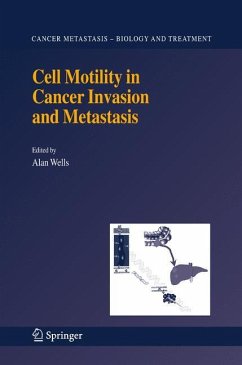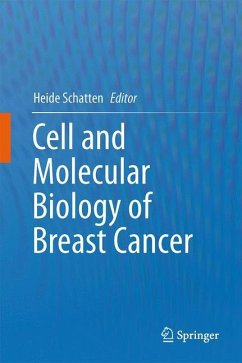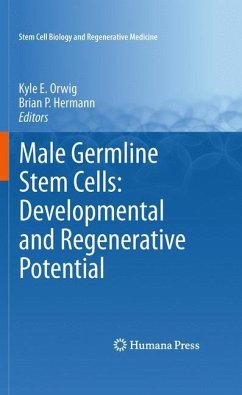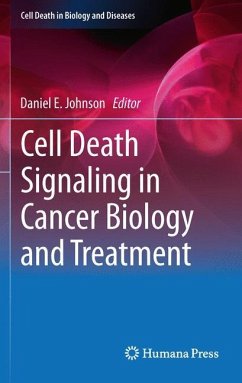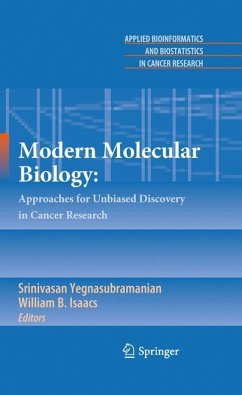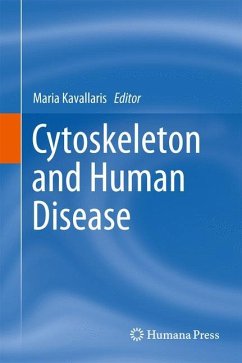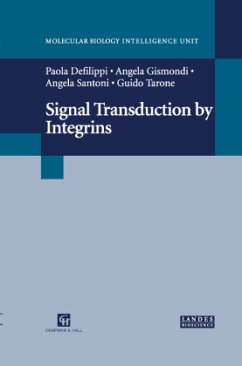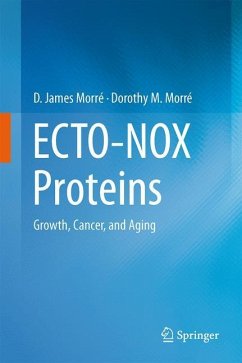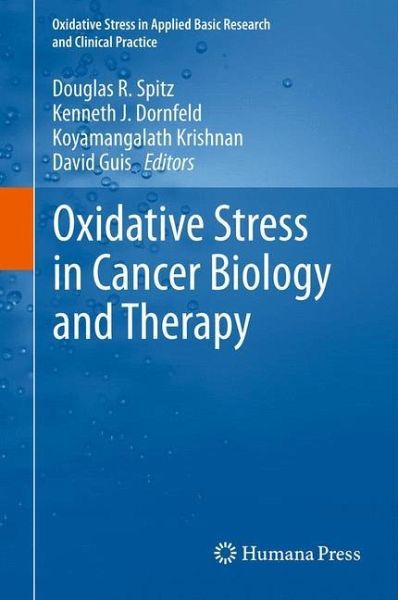
Oxidative Stress in Cancer Biology and Therapy
Versandkostenfrei!
Versandfertig in 6-10 Tagen
151,99 €
inkl. MwSt.

PAYBACK Punkte
76 °P sammeln!
During the last 30 years it has become clearly evident that oxidative stress and free radical biology play key roles in carcinogenesis, cancer progression, cancer therapy, and normal tissue damage that limits treatment efficacy during cancer therapy. These mechanistic observations have led to the realization that free radical biology and cancer biology are two integrally related fields of investigation that can greatly benefit from cross fertilization of theoretical constructs.
The current volume of scientific papers was assembled under the heading of Oxidative Stress in Cancer Biology and Therapy in order to stimulate the discussion of how the knowledge gained in the emerging field of oxidative stress in cancer biology can be utilized to more effectively design interventions to enhance therapeutic responses while causing fewer treatment limiting complications. The chapters contained in this volume provide highly informative emerging perspectives on how that selective enhancement of oxidative stress in cancerous tissues can be used as a target for enhancing therapeutic outcomes as well as how selective inhibition of oxidative stress could spare normal tissue damage and inhibit carcinogenesis. In this regard, the book represents an outstanding resource for both basic and translational scientists as well as clinicians interested in the field of oxidative stress and cancer therapy.
The current volume of scientific papers was assembled under the heading of Oxidative Stress in Cancer Biology and Therapy in order to stimulate the discussion of how the knowledge gained in the emerging field of oxidative stress in cancer biology can be utilized to more effectively design interventions to enhance therapeutic responses while causing fewer treatment limiting complications. The chapters contained in this volume provide highly informative emerging perspectives on how that selective enhancement of oxidative stress in cancerous tissues can be used as a target for enhancing therapeutic outcomes as well as how selective inhibition of oxidative stress could spare normal tissue damage and inhibit carcinogenesis. In this regard, the book represents an outstanding resource for both basic and translational scientists as well as clinicians interested in the field of oxidative stress and cancer therapy.





